Emin beds down in Bern
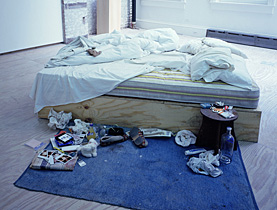
"Tracey Emin: 20 years", a major retrospective devoted to the controversial British artist, is drawing curious crowds to the Museum of Fine Arts Bern.
It’s easy to mock contemporary art. When Emin discovered in 2000 that workers at a removal agency had not only moved My Bed, her 1998 work, but also had the nerve to position the surrounding detritus – condoms, pants, vodka bottles etc. – where they thought it was meant to go, she wasn’t happy.
“I mean, they’d fucking gone and installed the work without me even being here. That’s just not on. This is my bed. If someone else installs it, it’s just dirty linen. If I do it, it’s art.”
It’s also easy, it seems, to get the wrong impression of Emin. When swissinfo met her the day before the Bern exhibition opened, she was polite, funny and patient.
She also denied being a publicity-seeking troublemaker. “I won’t put up with any shit and I won’t tolerate injustice, but I never make work to shock. That would be so easy. Anyone could go and shit outside parliament and put a little sign in it saying ‘this is art’ and it would hit all the newspapers. But that wouldn’t be art. Not even if I did it!”
Wandering around the 70 or so works offers many opportunities to ask – and confuse – two separate questions: is it art? Is it good art?
Certainly there are no hay wains here. Emin is a Young – all right, 45-year-old – British Artist (see box) who deals in concepts rather than aesthetics. Her self-portrait for example comprises a metal tub, bamboo poles and neon tubes.
Education
The 11 rooms in Bern feature installations, drawings, paintings, appliqués (quilted blankets), sculptures and videos dealing with, among other personal issues, her rape at 13, her two abortions and depression.
“Art definitely saved my life. I left school when I was 13 but I got to university,” said Emin, who received a Masters from the Royal College of Art.
“Education is wonderful. One thing that’s really good is that the biggest amount of visitors [to the exhibition] have been under 16. In Britain I’m on the curriculum, so when kids learn art at school they have to learn about me.”
So what does she make of the Swiss warning that “this show contains work of an explicit nature. Under 16s must be accompanied by an adult”?
“It’s a guideline. I’d hate for anyone to be deeply offended and shocked by what I did because that’s not my intention. So if someone is really sensitive and hasn’t lived and has never fucked or been drunk or cried or witnessed death, at least they have a warning before they enter the room.”
Mind you, visitors over 60s should probably also be accompanied by someone under 16 to explain some of the more “colloquial” expressions.
Existential questions
The retrospective – on the third and final leg of a European tour, having already attracted tens of thousands in Edinburgh and Málaga – presents Emin’s most important motifs and stylistic periods, grouped by theme.
“I try to hang a show in an emotional wave, so as people go through they might find something funny, other things sad, there might be anger – they go through some sort of emotional experience,” she told swissinfo.
“So it’s not just what I call a ‘nodding dog show’ where they nod their heads as they go from one room to another. They actually have to spin their head or stand still for a while.”
Emin’s works cover the big existential questions of life, sex and death, but it’s her headline-grabbing soiled bed and accoutrements – essentially the old trick of a self-portrait without a sitter – that is the highlight of the exhibition.
“Democratic art”
She has clearly hit on a winning formula – My Bed sold in 2000 for £150,000 (SFr255,000) – but explaining her popularity is not easy. Certainly the Young British Artists are not original: Gilbert & George and Jeff Koons for example were combining sex and self at least a decade earlier.
For Kathleen Bühler, curator at the Museum of Fine Arts Bern, Emin is one of the great artists of the 20th century because of “the variety and the way she deals with very basic and existential human experiences”.
“She talks in a very direct, basic language that everyone can understand – it’s democratic art,” she told swissinfo. “People go to see her shows because [her works] are also about things that they have in life, which makes them so approachable.”
Although it’s hard to believe that many visitors can identify with Emin’s abortions and rape. Instead, maybe her success reflects the current trend for self-revelation as seen in online social networks such as Facebook, reality television, Jade Goody…
“Somehow my work anticipated [the online social revolution] and it just caught on in the nation’s psyche,” Emin admits. “It made my work very accessible to the media, in Britain especially, and to young people who could understand it completely.”
Swiss success?
And how does she think her art will go down in Switzerland – whose parliament cut SFr1 million from the Arts Council’s budget in 2004 for supporting an exhibition that upset a minister (see related story)?
“I think the people here who are politically strict and say they won’t go to the exhibition will kind of like my work because it’s such an extreme they can view it from afar and then appreciate it,” she said.
“The people who usually take offence at my work are the wishy-washy insipid people that don’t really have any of their own ideas.”
swissinfo, Thomas Stephens
11 rooms of the Emin retrospective:
1. Monumental wooden sculpture and recent works
2. CV
3. Return of painting
4. Family members and Hotel International
5. Exploration of the soul
6. Margate and Homage to the Father
7. Bed
8. Abortion and childlessness
9. New painting
9-11. Parkett series
10. Birds
11. Newly embroidered blankets
Tracey Emin, born in 1963, is a “Young British Artist” of Turkish-Cypriot origin. She and her twin brother grew up in the English seaside town of Margate, in her father’s hotel.
Emin left school when she was 13, but went back to study at Maidstone and the Royal College of Art, where she received an MA in fine art.
In 1997 her work Everyone I Have Ever Slept With 1963-1995, a tent filled with embroidered names, was shown at Charles Saatchi’s Sensation exhibition.
In 1999 she was a Turner Prize nominee and exhibited My Bed, an installation consisting of her own unmade dirty bed with used condoms and blood-stained underwear.
In 2004 her tent artwork was destroyed in the Momart warehouse fire.
In March 2007 Emin was chosen to join the Royal Academy of Arts in London. She represented Britain at the 2007 Venice Biennale.
Her first major retrospective, 20 Years, was held in Edinburgh in 2008. It then moved to the Centro de Arte Contemporáneo in Málaga, Spain, from November to February 2009 and the Museum of Fine Arts Bern from March 19 to June 21.
Young British Artists (YBAs) is the name given to a group of conceptual artists, painters, sculptors and installation artists, most (though not all) of whom attended Goldsmiths College in London.
The core of the YBAs originated in 1988, headed by Damien Hirst. A second wave of YBAs, which included Emin, appeared in 1992-3.
Most of the YBAs, now in their 40s, are noted for “shock tactics” and use of throwaway materials. They achieved considerable media coverage and dominated British art during the 1990s.
Charles Saatchi, a major contemporary art collector and co-founder of advertising agency Saatchi and Saatchi, became not only Hirst’s main collector but also the main sponsor for other YBAs.
Other YBAs include Sarah Lucas, the Chapman brothers, Marcus Harvey, Jay Jopling and Rachel Whiteread.

In compliance with the JTI standards
More: SWI swissinfo.ch certified by the Journalism Trust Initiative

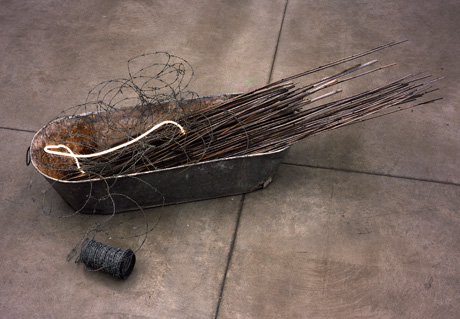
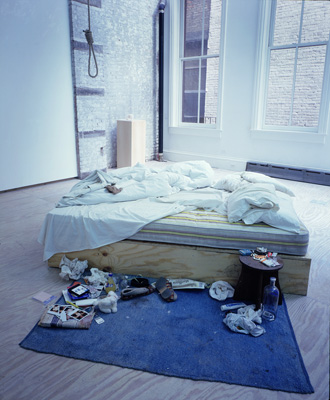
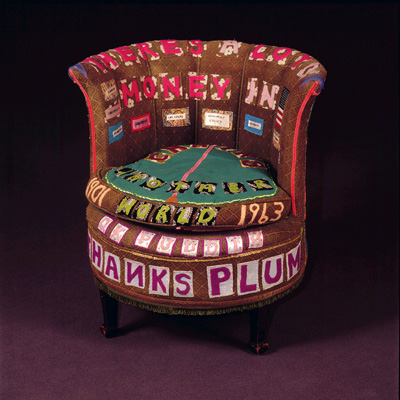
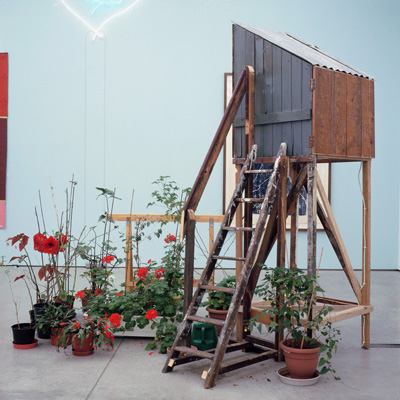
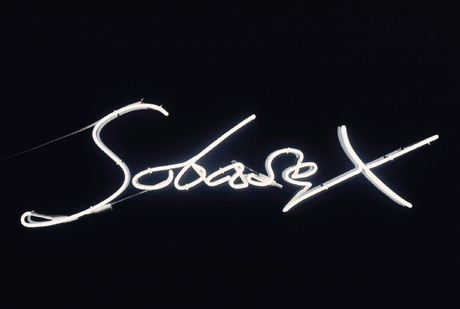
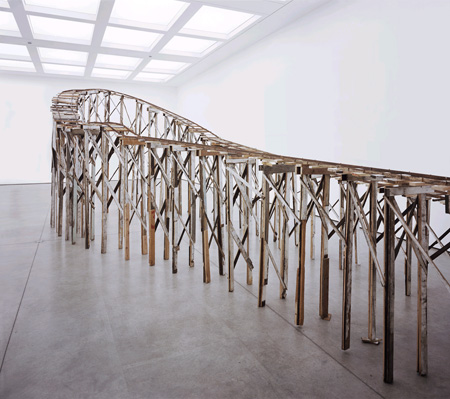
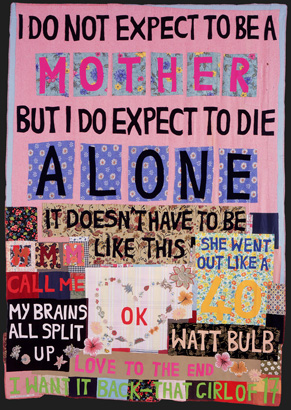
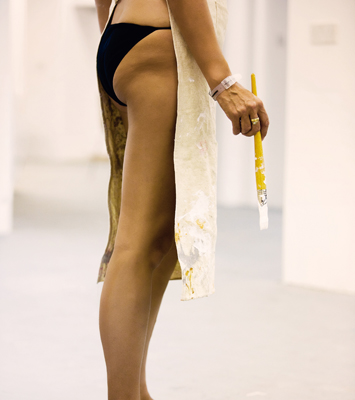
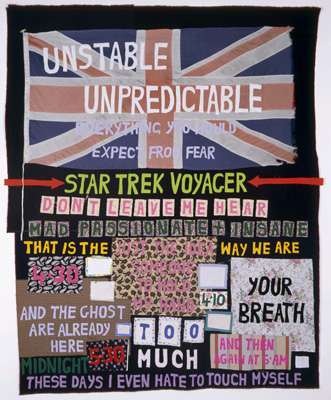
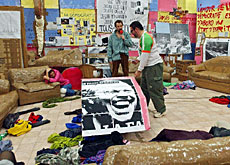


You can find an overview of ongoing debates with our journalists here . Please join us!
If you want to start a conversation about a topic raised in this article or want to report factual errors, email us at english@swissinfo.ch.